The clawfoot bathtub, a symbol of refined taste and elegance, has a rich history dating back to the 18th century. Initially made from cast iron and lined with porcelain, these bathtubs have evolved over the years, incorporating modern materials and designs. However, they still maintain their distinctive feature - the clawfoot design. Today, these bathtubs are a popular choice for homeowners looking to add a touch of vintage charm to their bathrooms.
Types of clawfoot bathtubs
When it comes to types, the clawfoot tub can be categorized into four main types: the classic roll rim, the slipper, the double-ended, and the double slipper. The classic roll rim, also known as the traditional style, features a rounded end for reclining and a flat end housing the faucet and drain. The slipper tub, on the other hand, has one end raised and sloped, providing a comfortable lounging position. The double-ended clawfoot tub has both ends identically upraised and sloped, while the double slipper tub is characterized by both ends raised and sloped, creating a symmetrical and more luxurious design.
Applications of clawfoot bathtubs
The clawfoot soaking tub is not just a bathroom fixture but a statement piece, adding an element of luxury and elegance to the bathroom. It can be a centerpiece in a master bathroom or a standalone fixture in a smaller bathroom. Some people even incorporate a clawfoot tub with a shower for added functionality. The unique design of these tubs makes them a versatile addition to various bathroom styles, from vintage and classic to modern and contemporary.
Materials used in clawfoot bathtubs
Historically, clawfoot bathtubs were crafted from cast iron. Yet, with technological progression, other materials such as acrylic and fiberglass have become prevalent. Cast iron tubs, celebrated for their robustness and heat retention, exude a luxury appeal but carry significant weight. Acrylic tubs, on the other hand, are lighter, more affordable, and simpler to upkeep. Although fiberglass bathtubs are notably lightweight and economical, they might not provide the same level of durability as other types. Thus, the thoughtful selection of materials, from the durable and heat-retaining cast iron to the lighter and easy-to-maintain acrylic or the cost-effective fiberglass, ensures that clawfoot bathtubs cater to a wide array of needs, balancing durability, weight, cost, and maintenance requirements.
The claw tub offers a unique blend of style, comfort, and functionality. Whether a homeowner is looking for a classic cast iron tub or a lighter, more affordable acrylic or fiberglass option, there is a clawfoot bathtub to suit every preference and budget. It’s no wonder that these elegant bathtubs continue to be a popular choice for many.
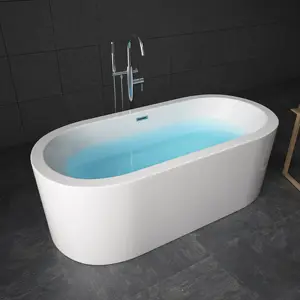
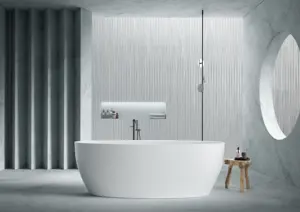

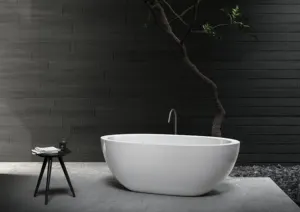



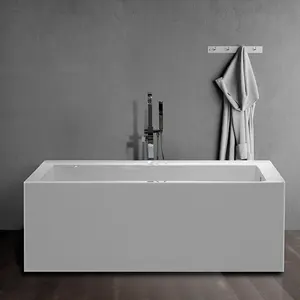

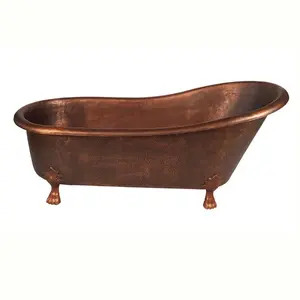

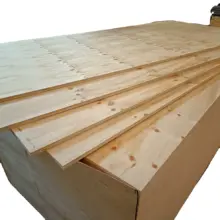






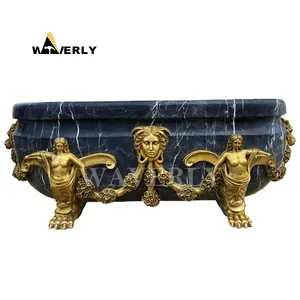
























 浙公网安备 33010002000092号
浙公网安备 33010002000092号 浙B2-20120091-4
浙B2-20120091-4